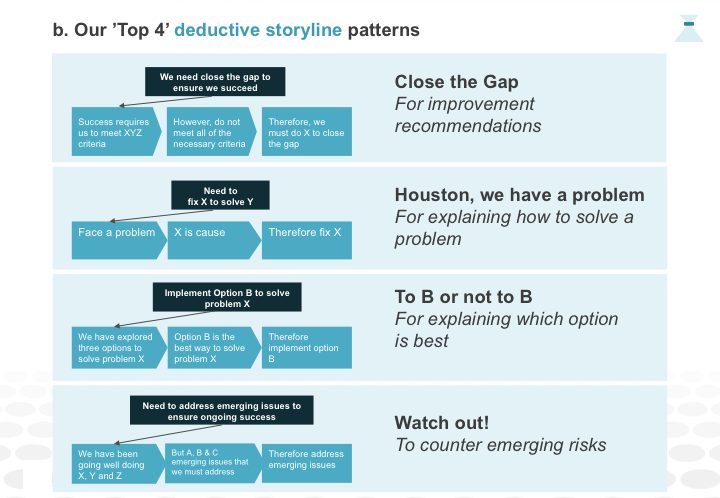People are often surprised to learn that as a communication specialist I do not teach people how to use language. I don't teach grammar, syntax, word choice or any copywriting skills.
This might seem particularly puzzling as early in my career my writing skills earned me my bread and butter. Add to that six years at university, in part being inspired by wonderful writers such as Australian children's author, Mem Fox (of Possum Magic fame for the Australians reading this) and and others.
But, here's the thing. Communication is about the transfer of ideas from one person to another, not about the words per se. It stems far more profoundly from the communicator having clarity around their ideas than that person's decision to use one word instead of three, choose a comma over a semi colon or a different word here or there.
So, a pavlova is a pavlova or it is a soft centred meringue covered in cream and strawberries. Either description will do, and as Mem demonstrates in Possum Magic, they are well worth hunting for just to try – or as medicine for the soul if you are a possum who wants to avoid being invisible.
The challenge is, however, that clarifying and communicating most complex business ideas is much harder than asking a NY caterer to cook and prepare a pavolva for an Australia Day party (although I promise that, even recipe in hand, this is no small task)!
More seriously, having worked with a melting pot of people wanting to communicate complex ideas to demanding audiences for many years now, I am absolutely confident that clarity of thought matters far more than language ability.
So, here is my clarity recipe for you:
Clarify who your audience really is for your piece of communication. When communicating to a very large group – such as for this blog post – I personify this audience as one person with a particular set of concerns and needs, or when communicating for people who are known to me I think carefully about the individuals themselves and their circumstances
Articulate one primary question that these people have for me just now in a single, short question that does not have lots of commas and ‘ands' … and is ideally 25 words or less
Brainstorm all of the things you want to say to your audience in relation to that single question. You can use a whiteboard, sticky notes or notebook. If your are lucky the one sentence answer will emerge out of the brainstorm and if not, then revisit the question until confident it is absolutely the right question so that you can answer it.
Answer that question up front, after a really short context-setting introduction, rather than making your audience hunt through endless paragraphs or pages to find – and potentially misconstrue – it.
Support your answer logically so that all the details are covered in an order that is both logical and relevant to your audience, not just relevant to you. I find mapping the relationships between my ideas into a one-page storyline is very helpful here as it forces me to focus on the big picture first and also gives me a one-pager that I can use to stress test my ideas with my colleagues. Here is an example of a business storyline using deductive logic, in case you are wondering what they look like.

And more importantly, here is what a pavlova looks like!


PRESENTED BY DAVINA STANLEY
I love what I do.
I help senior leaders and their teams prepare high-quality papers and presentations in a fraction of the time.
This involves 'nailing' the message that will quickly engage decision makers in the required outcome.
I leverage 25+ years' experience including
- learning structured thinking techniques at McKinsey in Hong Kong in the mid 1990s before coaching and training their teams globally as a freelancer for a further 15 years
- being approved to teach the Pyramid Principle by Barbara Minto in 2009
- helping CEOs, C-suite leaders and their reports deeply understand their stakeholder needs and communicate accordingly
- seeing leaders cut the number of times they review major papers by ~30% and teams cut the amount of time they take to prepare major papers by ~20%*
- watching senior meetings focus on substantive discussions and better decisions rather than trying to clarify the issue
My approach helps anyone who needs to engage senior leaders and Boards.
Recent clients include 7Eleven, KPMG, Mercer, Meta, Woolworths.
Learn more at www.clarityfirstprogram.com
(*) Numbers are based on 2023 client benchmarking results.







